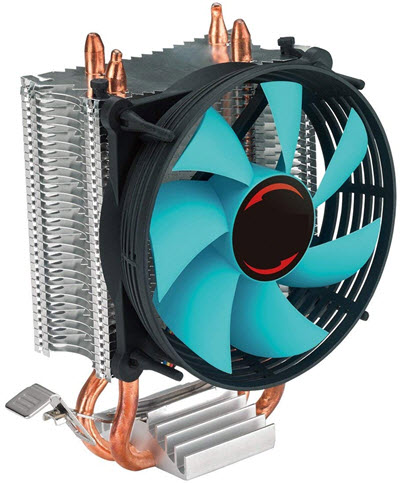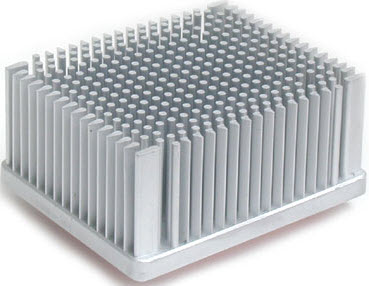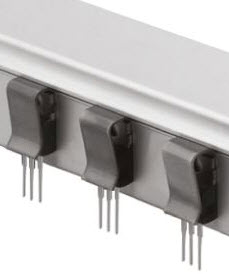In this article, we will learn about Heat Sink and different aspects of Heat Sinks like what is a heat sink, what are the types of heat sinks, what is active cooling and passive cooling etc.
Outline
ToggleIntroduction
There is a special branch in modern engineering design that works around energy, thermodynamics and heat transfer. This branch is known as Thermal Design. Few important components of Thermal Design are Fans, Pumps, Heat Exchangers, Refrigeration Units etc.
These components are traditionally used in industrial applications. But implementing a similar thermal design i.e. fan cooling technique for example, in modern day laptops and computers doesn’t provide the necessary cooling that is required.
Apart from industrial processes, every electronic or electrical material will generate heat when connected to a power supply. Especially high-power semiconductors, LED or any optic devices generates more heat. They do not have enough capability to give away the heat. If the components are over heated, it results in failure of circuit board. So, to avoid such problems, heat sinks are used.
What is a heat sink?
We can think of heat sink as a thermal device, which are conductive in nature. It is designed to absorb and remove heat from an object like Computer, mobile phones, DVD players and fridges. It removes heat from object or circuit, sends them to surrounding medium.
More technically speaking, a Heat Sink is a metallic device, which increases the effective dissipation area of a surface and therefore increases the rate of heat dissipation when compared to the rate of generation.
Heat sinks consist of fan or cooling device to disperse heat from another object. In computers, it is attached with a microprocessor chip to absorb heat and sends it to air. Heat sinks are made of metals like copper or aluminum alloy.
Types of heat sink
Active Heat Sink
When the heat sink utilizes fan (HSF) it is active heat sink. In most of computer processor, a fan is attached just above the heat sink. This utilizes power for cooling process. Active heat sinks are used in liquid cooling system.
Passive Heat Sink
When the heat sink does not utilize a fan, it is passive heat sink. They do not have any mechanical component, which makes them more reliable. These heat sinks are made of aluminum-finned radiator. They dissipate heat through principle of convection. Proper and steady airflow is maintained between the fins, to attain full stability of the device.
Thermal Conductivity
In general heat is transferred via three techniques namely convection, conduction and radiation. Among this conduction is a type of heat transfer that happens in a solid. Since, heat sink is also a solid device, heat transfer occurs due to conduction in heat sink.
How conduction occurs?
Imagine you bring two different objects with two different temperatures closer to each other. Warm object will have fast moving molecules and cold objects will have slow moving molecules. When those two objects meet at a point, fast moving molecules will try to interact with slow molecules. Due to this, energy from fast moving molecules is transferred to slow moving molecules. This process heats the cooler object. This entire process is Thermal conductivity and by this technique, the heat sink removes heat from computer processors.
Active Cooling or Passive Cooling
Passive Cooling
This type of cooling uses radiation or convection methods for heat transfer by using heat sink or heat spreader. For architectural designs, natural resources like soil or wind act as heat sink for heat absorption. This helps for better performance of the electronic devices within the operating temperature.
Active Cooling
This type of cooling depends on external devices for heat transfer. The mode of heat transfer is convection, which helps to increases the fluid flow for more heat removal. Additional components like fans are used when natural convection is not sufficient to remove heat. This type is used in electronics, hard drives and CPU for heat removal.
Heat sinks in Power Transistors
Heat sink is used when designing transistor to remove heat. They are available either as fined aluminum, copper sheets or as blocks.
Heat transmitting grease is applied in-between transistor and heat sink, to make them place closer to each other. When electrical insulation is required between transistor and heat sink, a mica layer is applied between the two.




